Wayne and Gladys Valley Center for Vision
A new home for innovation, discoveries, collaboration, and more to help all who suffer from visual disability and blindness.
No results can be found
We’re on a mission to ensure that everyone in the
world can see.

All May See Foundation was honored to join little Mackenzie Fredeen and her family at UCSF Benioff Children’s Hospital for her bell-ringing ceremony. We’ve followed Mackenzie on her cancer journey in our 2020 and 2021 Vision magazine stories.
Read the Article
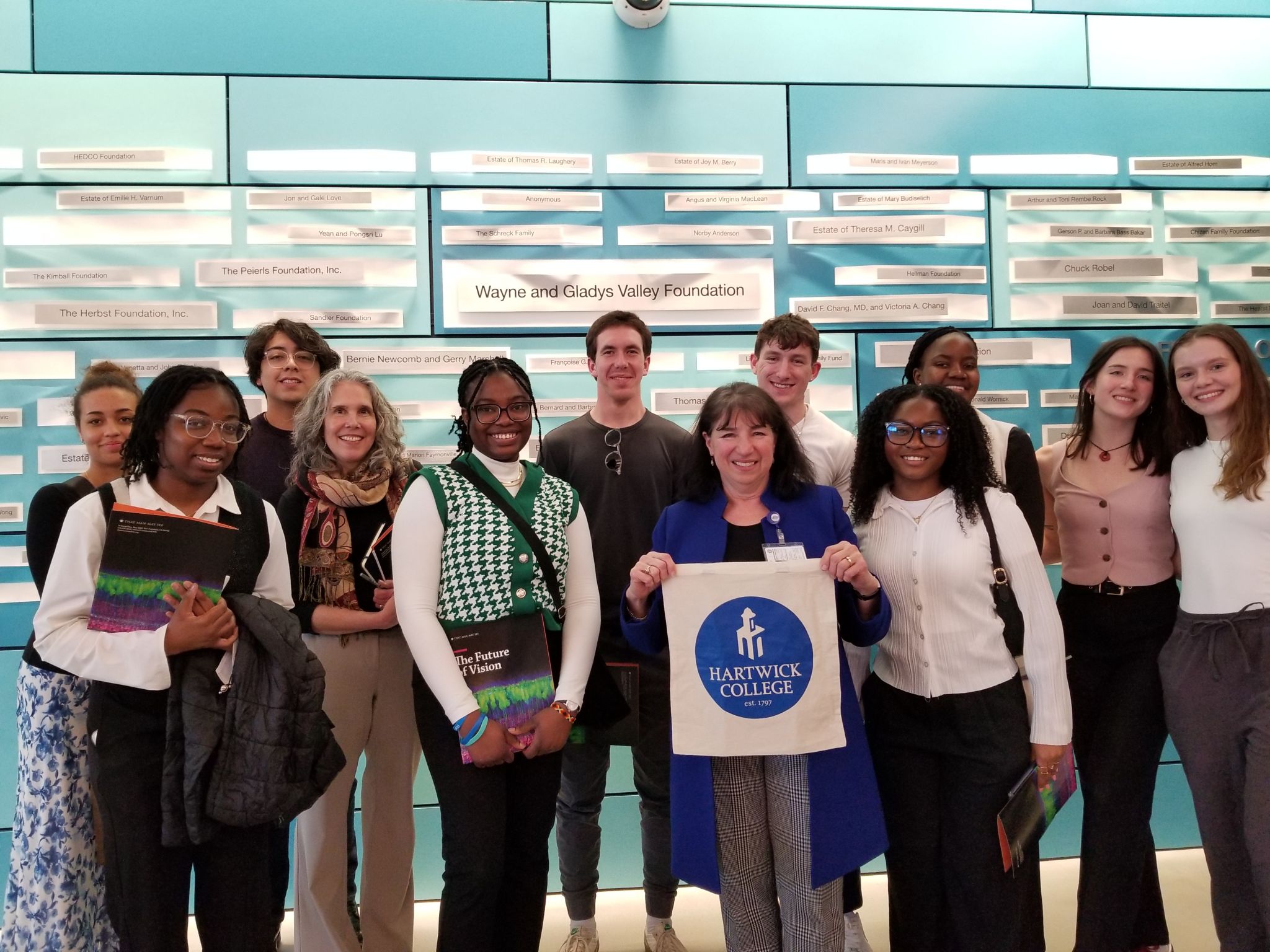
In March, ten Hartwick College students – along with Professor Carli Ficano and Director of Planned Giving, Patricia Dopazo – from Hartwick College’s Silcon Valley Experience program, visited All May See Foundation at the Wayne and Gladys Valley Center for Vision.
Read the Article
of vision impairment
worldwide is curable
of adults 75+ in the US will develop Macular Degeneration
of all learning happens
through our eyes
All May See Foundation is a 501(c)(3) nonprofit that provides fundraising support for UCSF Ophthalmology and Francis I. Proctor Foundation for Research in Ophthalmology.
Your contributions directly fund each of these initiatives.
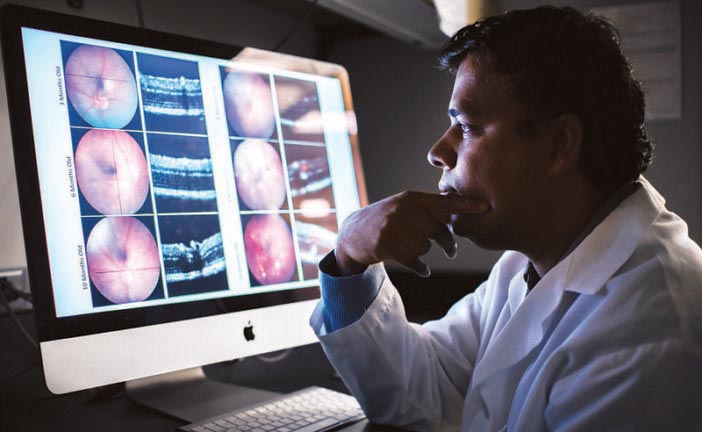
Research
Early-stage research and large-scale, multi-year projects led by specialized teams that result in life-changing innovation
Learn more
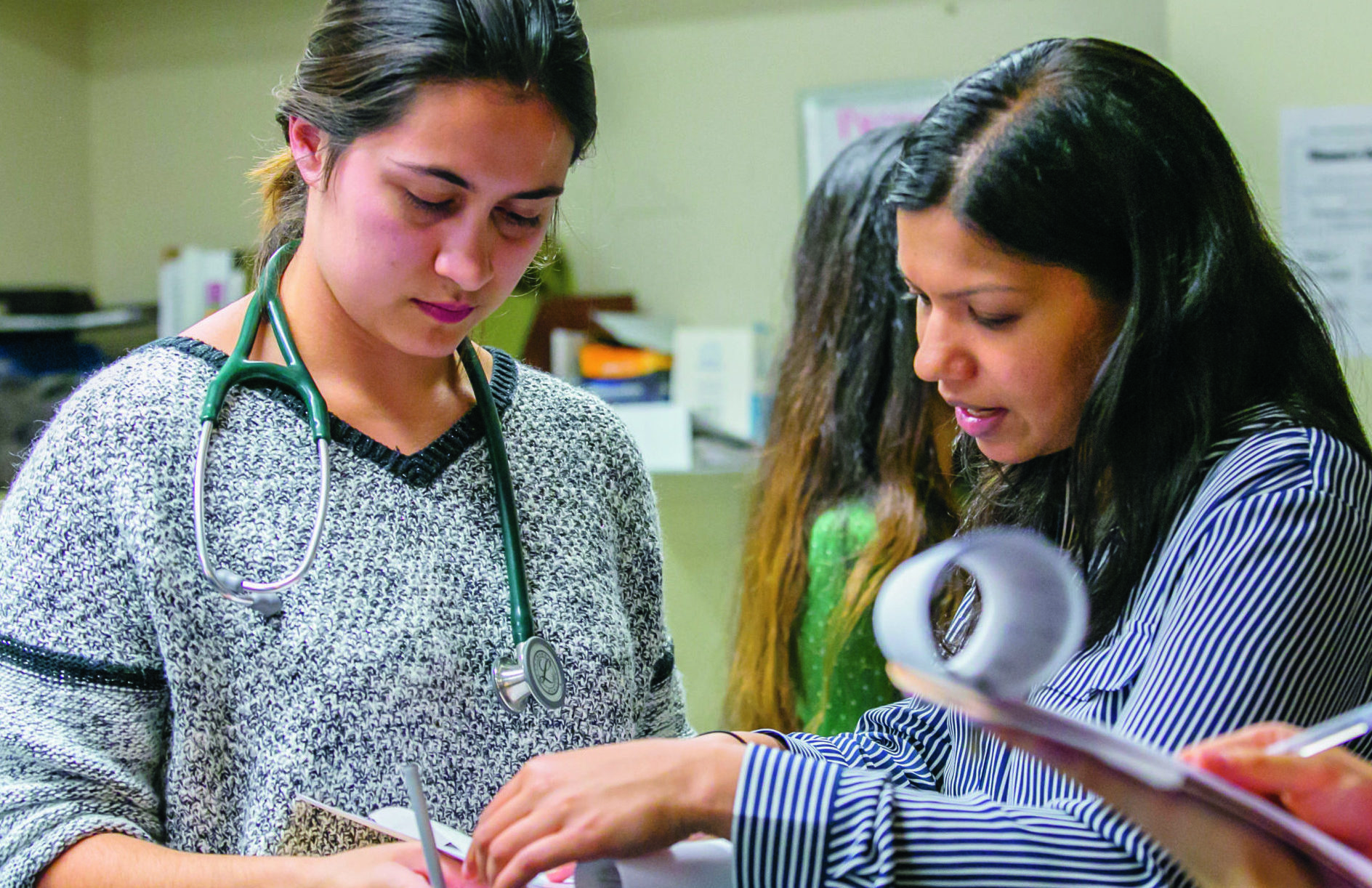
Education
Opportunities such as scholarships, research, and new technology for UCSF Ophthalmology medical students, residents, and fellows
Learn more
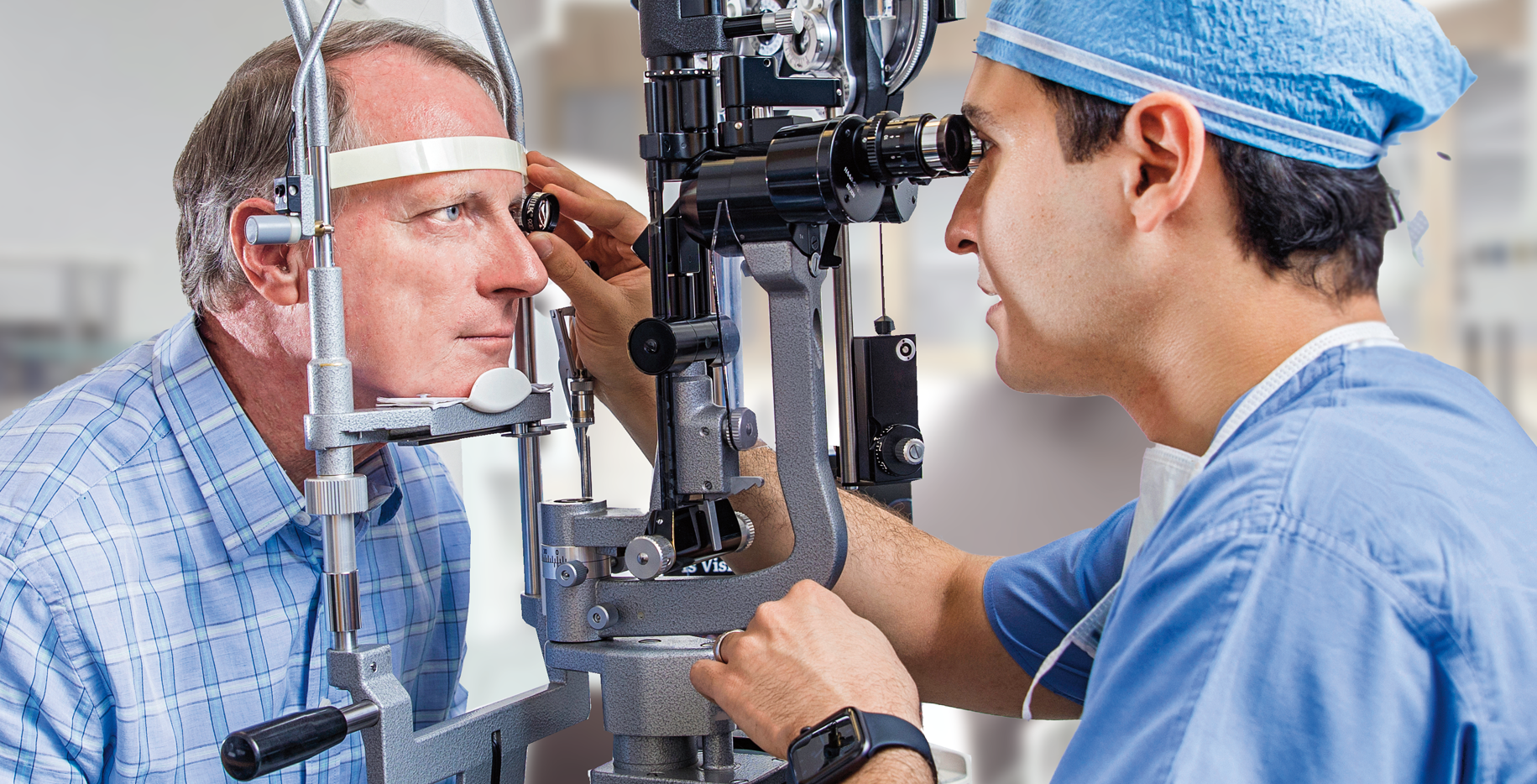
Patient Care
Resources to attract and retain the best physicians from around the country who provide unmatched, world-class care
Learn more
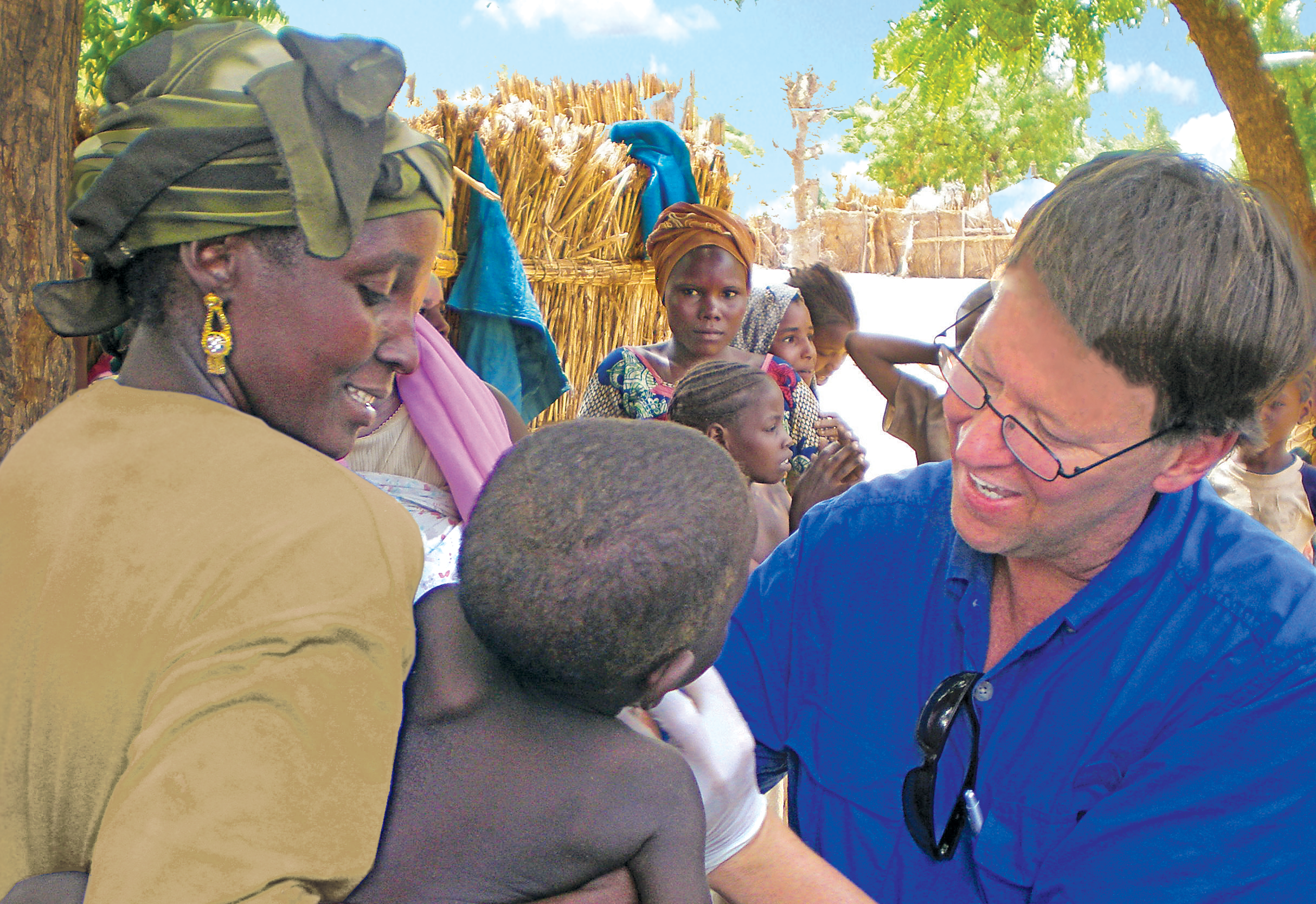
Global Outreach
Support for physicians to better understand and meet the needs of underserved communities locally and across the globe
Learn more
The investment of time and resources necessary to accelerate scientific breakthroughs and deliver the highest quality patient care requires substantial funding. We count on the support of generous donors to make this work possible. Together, we can ensure that, one day, all may see.
What we’ve accomplished thanks to your donations:
Current needs: